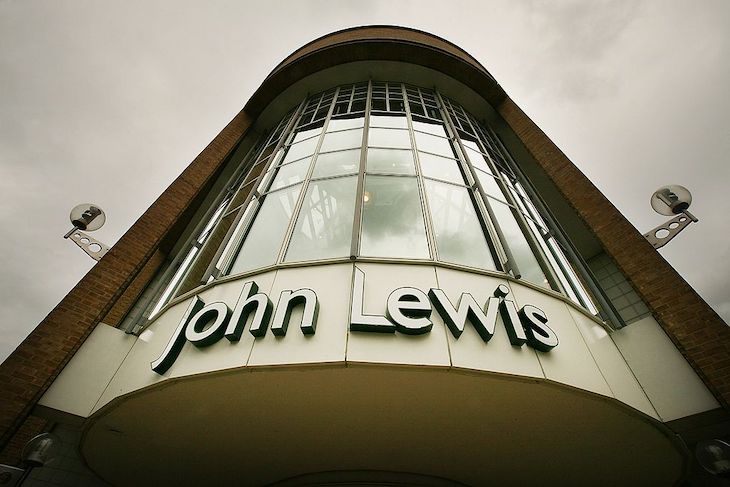John Lewis is, to most people, a department store that exists to sell toasters, cushions and lamps. But it turns out we have been labouring under a massive misapprehension all these years. John Lewis’s internal magazine Identity reveals that the shop’s purpose is rather different: it exists to affirm the bespoke identities of its staff.
Already a subscriber? Log in
Subscribe for just $2 a week
Try a month of The Spectator Australia absolutely free and without commitment. Not only that but – if you choose to continue – you’ll pay just $2 a week for your first year.
- Unlimited access to spectator.com.au and app
- The weekly edition on the Spectator Australia app
- Spectator podcasts and newsletters
- Full access to spectator.co.uk
Or




















Comments
Don't miss out
Join the conversation with other Spectator Australia readers. Subscribe to leave a comment.
SUBSCRIBEAlready a subscriber? Log in